GOLF’s 2017-18 ranking of the Top 100 Courses in the World

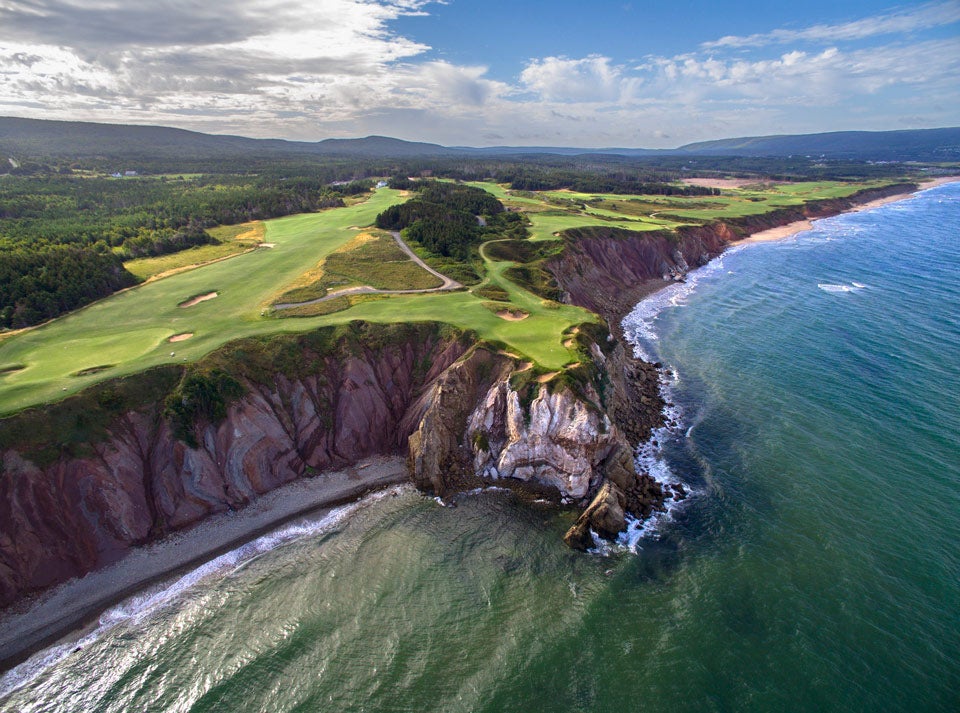
Inverness, Nova Scotia Canada, Bill Coore/Ben Crenshaw, 2016
Newly minted as Canada's top-ranked course, this year-old Bill Coore/Ben Crenshaw design towers more than 100 feet above the Gulf of St. Lawrence, inspiring Pebble Beach–like awe. The south-end holes are akin to a traditional Scottish links. Most memorable is the trio of stunning closing holes, beginning with the 176-yard, par-3 16th.

Portmarnock, Ireland George Ross/W.C. Pickeman/Mungo Park, 1894
Seve Ballesteros, Bernhard Langer and Ian Woosnam are among those who captured Irish Opens at this low-profile but character-filled Dublin-area links. Arnold Palmer once tabbed the 15th as one of golf's best par-3s. Deep pot bunkers and low dunes that offer little protection from the wind make Portmarnock Ireland's sternest, yet fairest championship test.
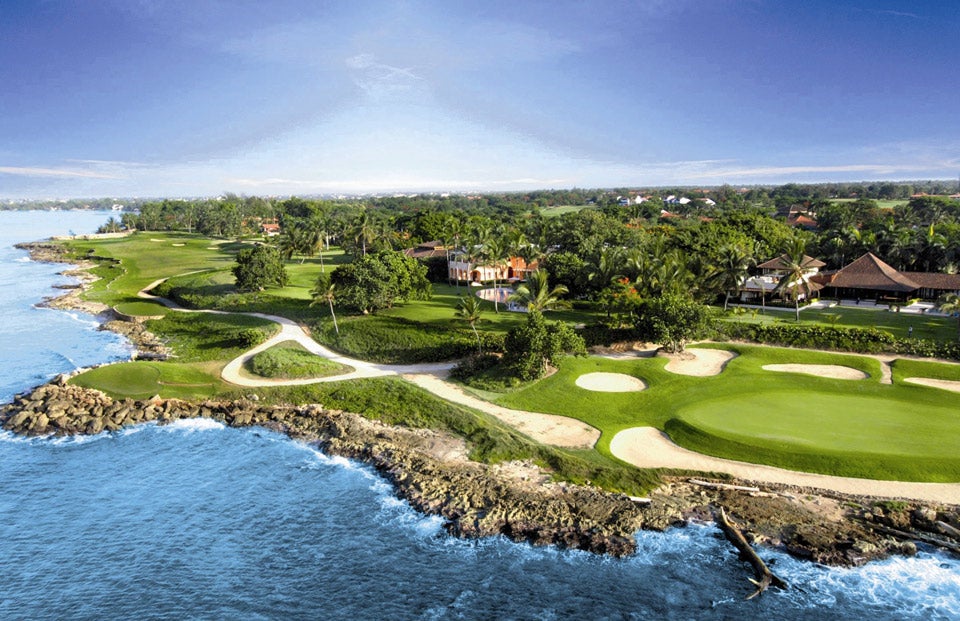
La Romana, Dominican Republic Pete Dye 1971
Pete Dye's personal favorite of all of his designs, Teeth of the Dog is flat-out gorgeous, with seven holes practically sunk into the Caribbean Sea. Yet the design itself stands up to the aesthetics. Despite its intimidating name, Teeth of the Dog entrances, starting with its superior collection of par-3s.
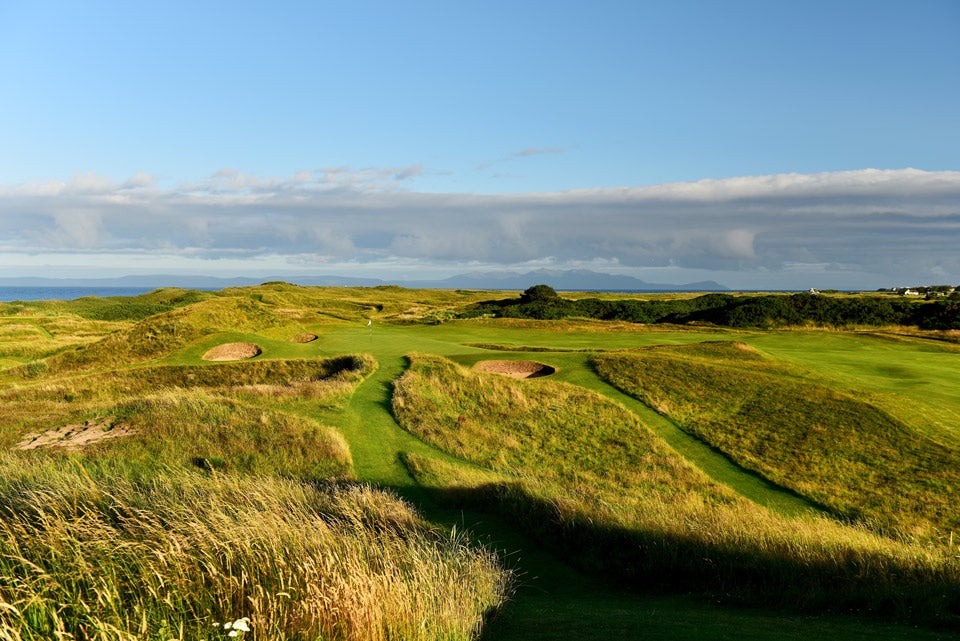
Troon, Scotland Willie Fernie, 1887
Arnold Palmer, Tom Weiskopf and Tom Watson are among the Americans who have won at Troon, yet the most memorable shot was struck by a non-winner, 71-year-old Gene Sarazen, who aced the 123-yard, 'Postage Stamp' 8th during the 1973 Open -- with a 5-iron! While some argue that the closing stretch is flattish and dull, it is undeniably tough, earning Troon its long-held accolades.
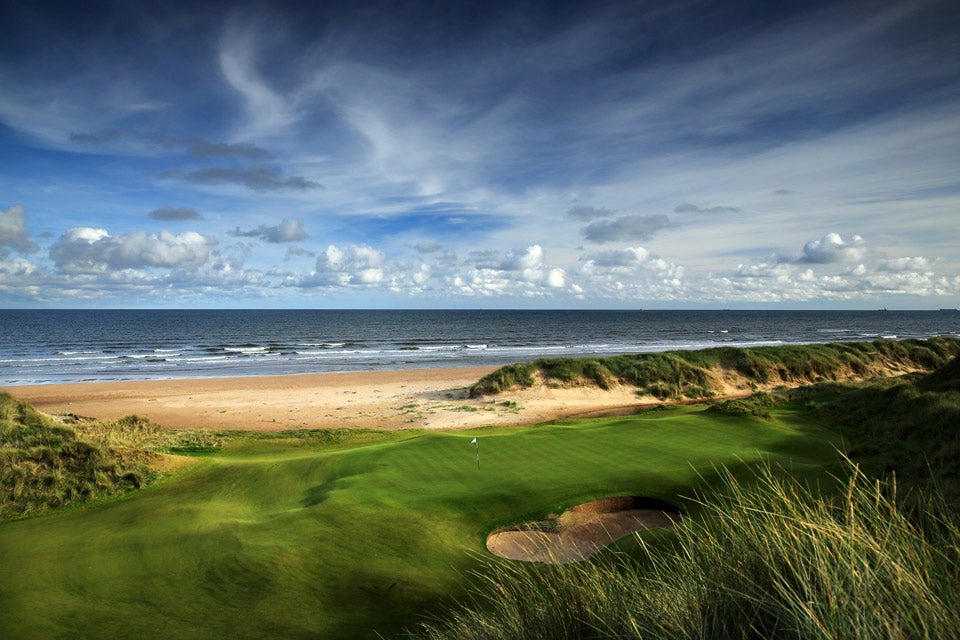
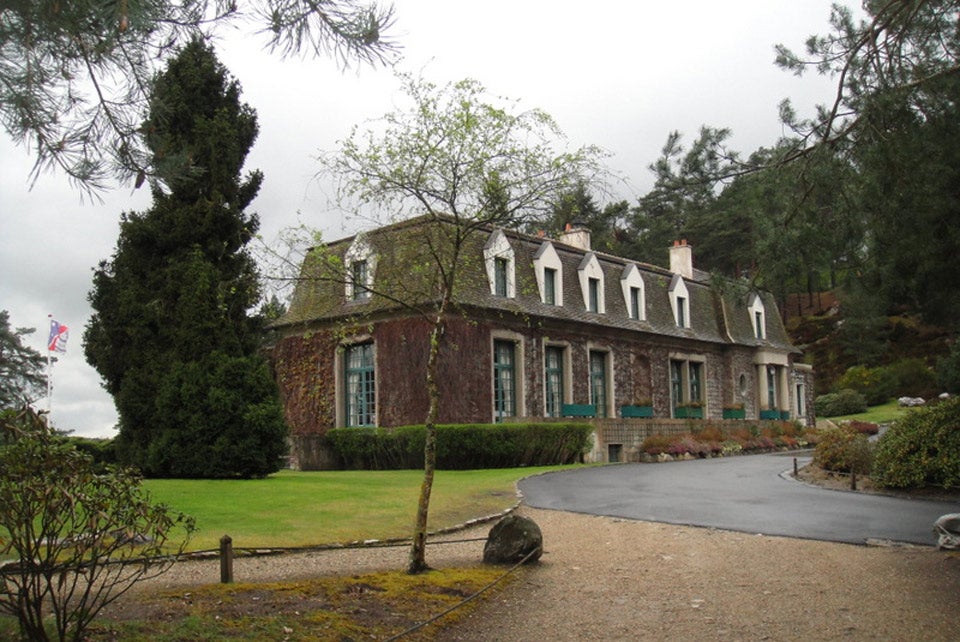
Senlis, France Tom Simpson, 1927
Tucked away in a nearly impossible-to-find forested location 40 miles north of Paris is a low-key heathland design that is utterly charming and utterly private. A bold start that features a 475-yard par-4 and a 225-yard par-3 give way to gentler, though strategically rich holes that were favorites of General Dwight D. Eisenhower, a frequent visitor.
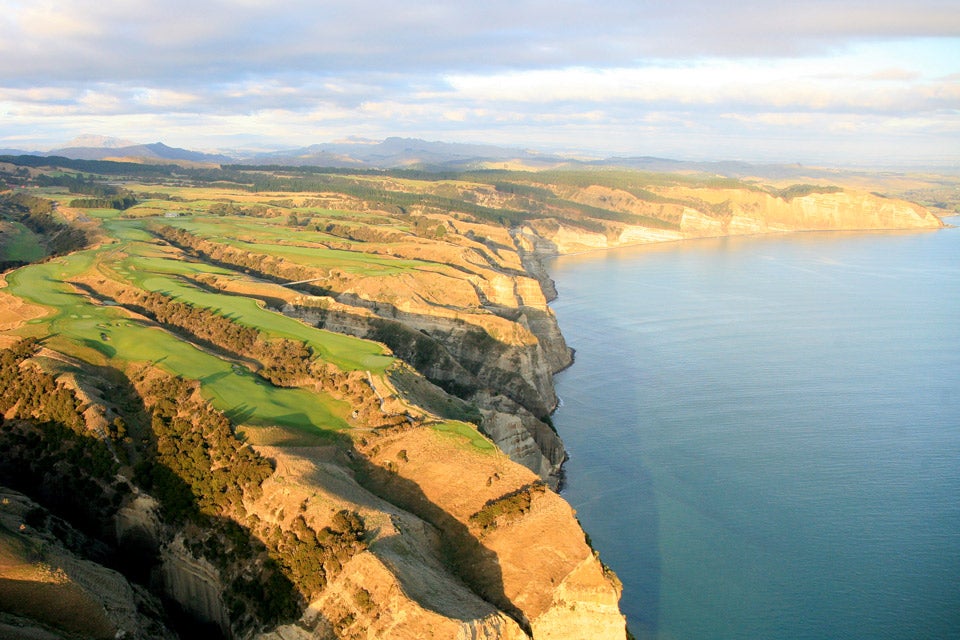
Hawke's Bay, New Zealand Tom Doak, 2004
One of the world's Top 10 when it comes to eye-candy views, the back nine in particular at Cape Kidnappers boasts a sequence of staggeringly dramatic holes, starting with the tiny seaside par-3 13th and peaking with the 650-yard, par-5 15th which falls away on both sides of the fairway and which sports a horizon green perched precariously on a bluff overlooking the sea.
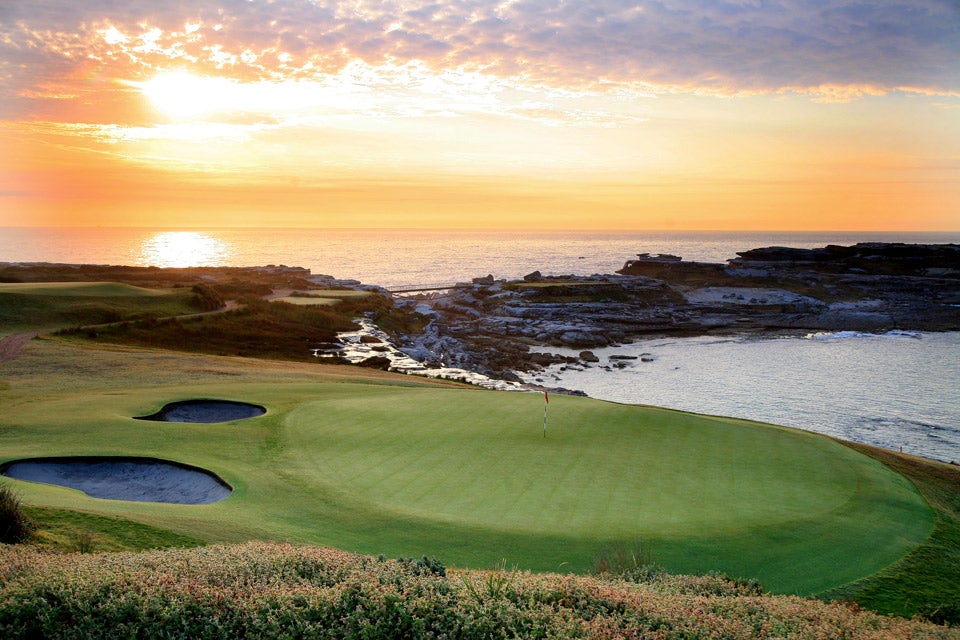
La Perouse, Australia Alister MacKenzie/Eric Apperly, 1928/1947
Designed by Dr. Alister MacKenzie, the layout's signature hole is the 195-yard, par-3 sixth, which demands a stout carry over an inlet of Cape Banks -- which wasn't actually MacKenzie's handiwork. Eric Apperly added this hole in 1937.
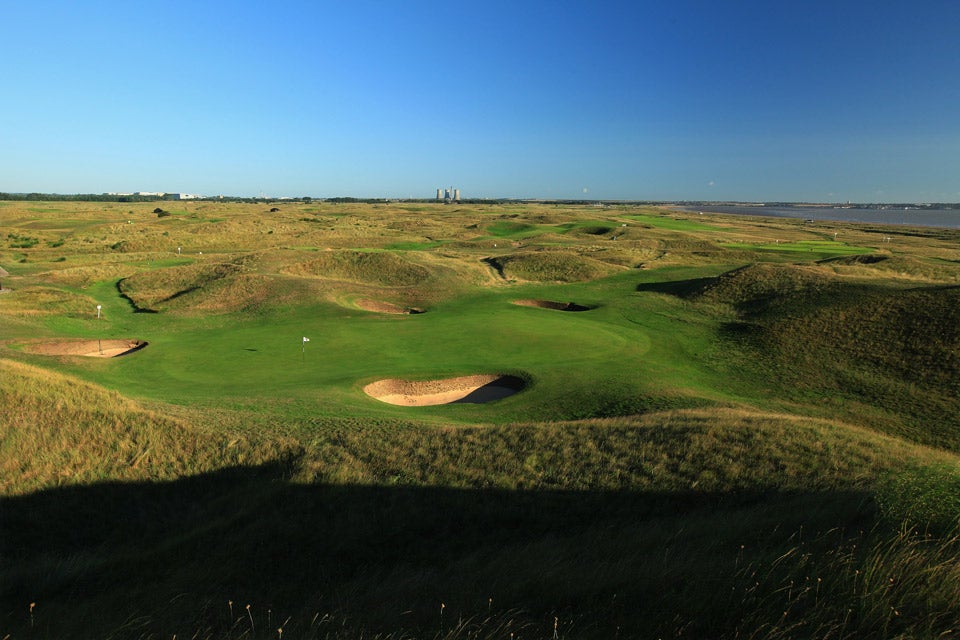
Sandwich, England W. Laidlaw Purves/H.S. Colt, 1887/1922
This 14-time British Open host dates to 1887. 'Sandwich' as it is known colloquially, serves up blind shots and supremely interesting contours in equal measure. Boasting the biggest sandhills of all Open venues, Royal St. George's heaving, dune-studded linksland also sports the rota's most fearsome bunker, a gaping fairway trap on the par-4 4th.

Nine Bridges's appeal starts with its tranquil setting, with holes etched into pine-clad, rolling topography in the shadows of Mount Halla, Korea's tallest mountain. Lakes, creeks and wooded slopes not only contribute to the beauty and variety, but are seamlessly integrated into the design. Nine Bridges will host the PGA Tour's inaugural CJ Cup in mid-October 2017.
